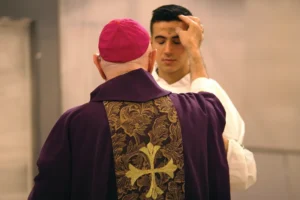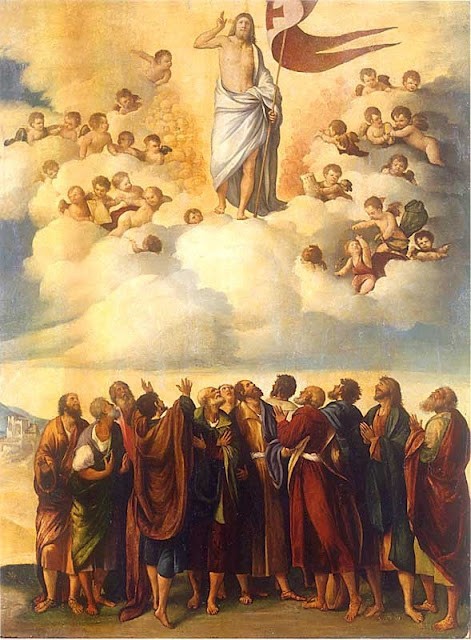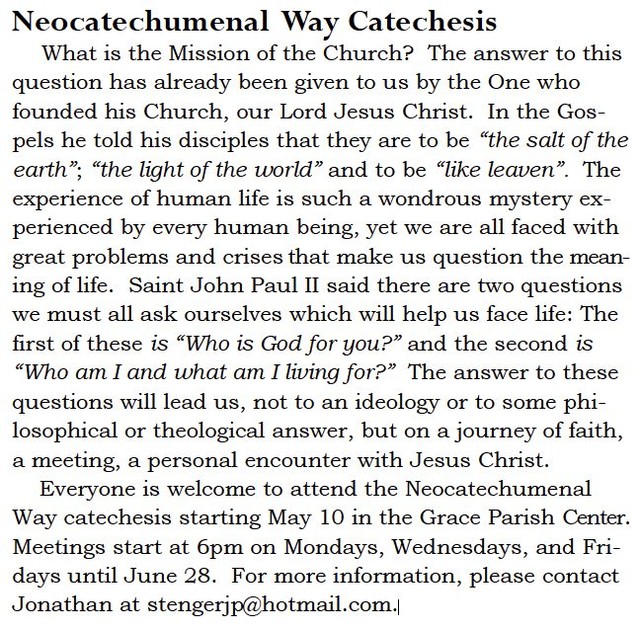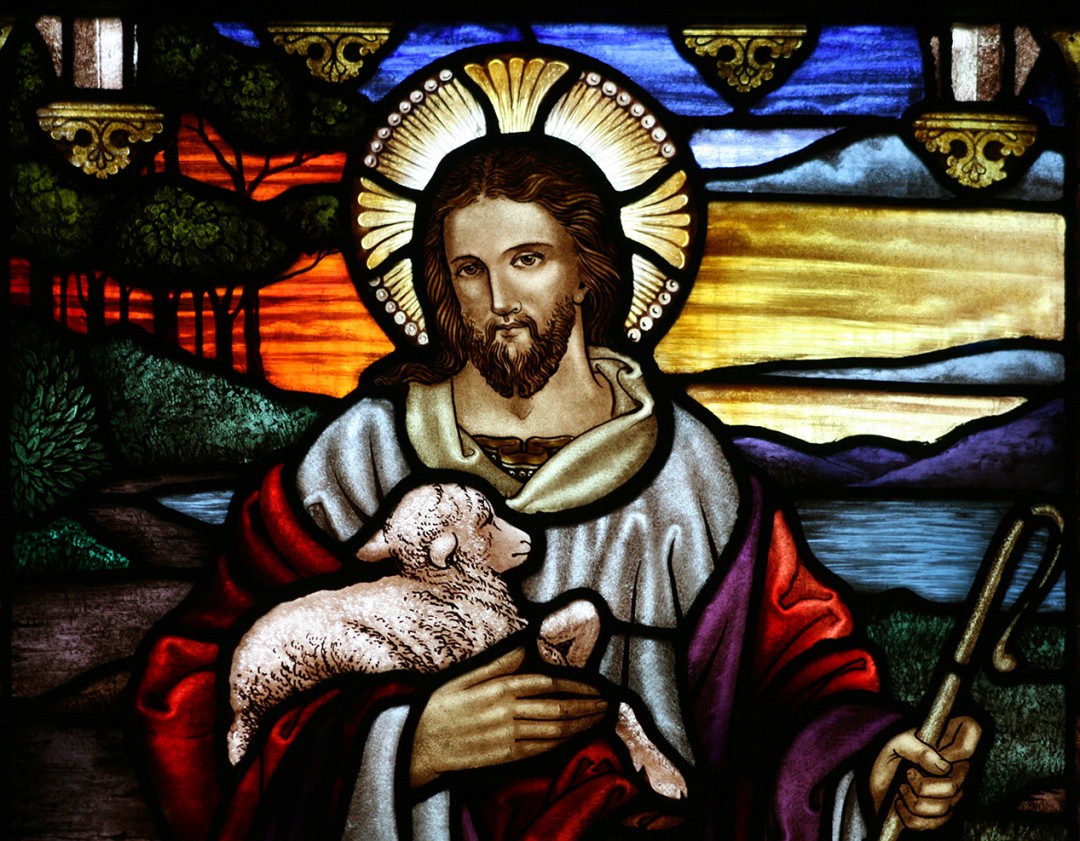 A solemn day that marks the beginning of Lent, Lā Hāpala Lehu, or Ash Wednesday, holds a special place in the hearts of Catholics worldwide. Rooted in centuries-old traditions, this observance is laden with symbolism and significance, providing a profound opportunity for spiritual reflection and renewal.
A solemn day that marks the beginning of Lent, Lā Hāpala Lehu, or Ash Wednesday, holds a special place in the hearts of Catholics worldwide. Rooted in centuries-old traditions, this observance is laden with symbolism and significance, providing a profound opportunity for spiritual reflection and renewal.
Ash Wednesday falls 40 days before Easter Sunday, excluding Sundays, and serves as a period of penance, fasting, and prayer, mirroring the 40 days Jesus spent in the desert. The name itself is derived from the practice of placing ashes on the foreheads of the faithful in the sign of the cross. This year, it falls on February 14.
The history of Ash Wednesday can be traced back to the ancient Jewish tradition of penance and fasting, symbolized in Judaism by the sprinkling of ashes on the head. This practice was later adopted by early Christians as a public expression of repentance. The ashes used on this day are typically derived from the burned palms blessed on the previous year’s Palm Sunday, symbolizing the connection between death, repentance, and the promise of resurrection.
The liturgy of Ash Wednesday is profound and poignant, emphasizing humility and mortality. The priest applies ashes in the shape of a cross to the foreheads of the faithful, uttering the words, “Remember that you are dust, and to dust, you shall return” or “Repent and believe in the Gospel”. This ritual serves as a stark reminder of the brevity of human life and the need for repentance and conversion.
The significance of Ash Wednesday extends beyond the symbolic act of ash imposition. It heralds the beginning of Lent, a period of self-examination, prayer, fasting, and charity. Catholics are called to reflect on their lives, identify areas of sin, and strive for spiritual growth. Fasting and abstinence from certain pleasures during Lent are seen as a way to detach from worldly distractions and draw closer to God. We are called to do works of charity with the resources we save from our fasting.
The 40 days of Lent are symbolic of the time Jesus spent fasting in the desert, facing temptations from the devil. Through prayer, fasting, and acts of charity, we seek to emulate Christ’s journey, fostering a deeper connection with our faith.
Ash Wednesday serves as a powerful reminder of the transformative journey toward Easter, where the faithful celebrate the resurrection of Christ. It invites Catholics to embark on a period of introspection, penance, and spiritual growth, fostering a renewed commitment to their faith. As the ashes are traced on foreheads, the faithful are reminded not only of our mortality but also of the eternal hope found in Christ’s sacrifice. In this season of Lent, we are encouraged to embrace the call to repentance, turning away from sin and towards a life of holiness and grace.
Some Resources to Make the Most of the Lenten Season
Diocese of Honolulu Lenten Regulations 2024
We are happy to share with you some resources that can help you make the most of this Lenten Season, as we proceed on the solemn and prayerful journey toward Easter.
Aquinas’s Lenten Meditations: 40 Days with the Angelic Doctor — Sophia Institute Press.
Best Lent Ever Journal, 2024 edition.
Dynamic Catholic Best Lent Ever free daily videos — free signup, dynamiccatholic.com.
The Chosen — watch on Amazon Prime, or download app on App Store or Google Play.
The Ignatian Workout for Lent; 40 Days of Prayer, Reflection, and Action — Tim Muldoon, 1989, Loyola Press.
Lenten Gospel Reflections 2024 — Word on Fire, www.wordonfire.org.
Praying Lent; Renewing Our Lives on the Lenten Journey — Andy Alexander, SJ and Maureen McCann Waldron, 2009, Loyola Press.































